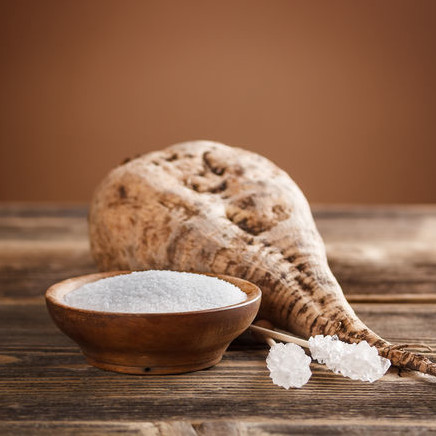The debate on beet sugar vs cane sugar often centers around processing methods and nutritional content.
Discover the Uses and Advantages of Beet Sugar Vs Cane Sugar in Your Daily Diet Regimen
Exploring the distinctive high qualities of beet and cane sugar discloses greater than just their sweetening abilities; it highlights their special effect on health and culinary arts. Beet sugar, known for its subtle taste, is frequently favored in fragile desserts, whereas cane sugar, with its hint of molasses, includes richness to robust dishes. Each type holds its very own nutritional profile and glycemic effects, welcoming a much deeper understanding of their functions in a balanced diet regimen and lasting intake techniques.
Origin and Production Procedures of Beet and Cane Sugar

The distinctive environments and dirt types required for expanding sugar beetroots and sugarcane contribute to differences in their farming practices and geographic distribution, affecting the economics and sustainability of their manufacturing. beet sugar vs cane sugar.
Nutritional Comparison In Between Beet Sugar and Cane Sugar
In spite of stemming from different plants, beet sugar and cane sugar are nutritionally extremely similar, both largely including sucrose. Each provides regarding 4 calories per gram, equating to roughly 16 calories per teaspoon. Structurally, both sugars are composed of roughly 99.95% sucrose, with minimal amounts of other materials like moisture and trace element, which do not dramatically change their dietary profiles.

Eventually, when choosing between beet sugar and cane sugar based on nutritional web content alone, both deal identical benefits and downsides as they are essentially types of the exact same particle-- sucrose, providing quick energy without other nutrients.
Influence on Wellness: Glycemic Index and Caloric Content
Checking find out better right into the effects of beet sugar and cane sugar on wellness, it is essential to consider their glycemic index and caloric content. The glycemic index (GI) of both beet and cane sugar is around 65, categorizing them as high-GI foods, which can create quick spikes in blood glucose levels.
Each sort of sugar includes about 4 calories per gram, making their calorie material equivalent. For those keeping track of calorie consumption, specifically when handling weight or metabolic health and wellness conditions, understanding this equivalence is important (beet sugar vs cane sugar). Nevertheless, too much consumption of any high-calorie, high-GI food can add to health problems such as weight problems, heart disease, and insulin resistance.
Environmental and Economic Factors To Consider of Sugar Production
Beyond health and wellness influences, the manufacturing of beet and cane sugar also increases substantial environmental and financial problems. Sugar beet farming tends to call for cooler environments and has a lower geographical footprint compared to sugar cane, which grows in tropical regions.
Additionally, using pesticides you can look here and fertilizers in both beet and cane sugar growing can bring about soil deterioration and pollution, additional influencing biodiversity and local water bodies (beet sugar vs cane sugar). The option in between growing sugar beet or cane often rests on regional environmental problems and economic elements, making the sustainability of sugar manufacturing a complicated issue
Culinary Applications and Flavor Differences
While the environmental and economic elements of sugar manufacturing are without a doubt significant, the choice between beet and cane sugar additionally influences culinary applications and taste accounts. Beet sugar, originated from the sugar beet plant, is understood for its extremely neutral taste. This makes it a flexible ingredient in cooking, where it does not change the taste of other elements. It dissolves promptly and is optimal for use in cakes, cookies, and breads.
Walking stick sugar, removed from sugarcane, typically retains molasses traces, which impart a distinctive splendor and depth. This mild molasses flavor enhances the intricacy of baked goods, sauces, and marinates. It is specifically preferred in products where a sugar undertone is preferred, such as in brownies or gingerbread. Additionally, the mild variation in moisture content between beet and cane sugar can impact the appearance and consistency of dishes, making cane sugar a preferred choice for specific dishes my link that take advantage of its special residential or commercial properties.

Verdict
Finally, both beet and cane sugar have distinctive origins and manufacturing procedures, providing comparable nutritional profiles with slight differences in sodium material and flavor. While their impact on health and wellness, especially relating to glycemic index and calories, is similar, the option between them often boils down to environmental, financial aspects, and details cooking needs. Understanding these elements can lead consumers in making educated decisions that align with their health and wellness goals and flavor preferences.